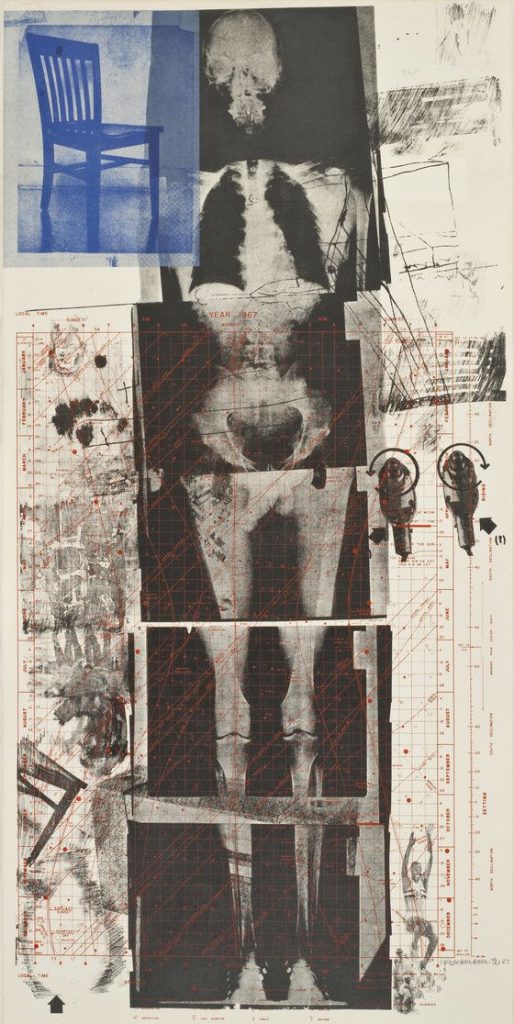Pink Floyd creates an enormous world of floating sounds, experimental usage of gear and a narrative that was never heard executed so beautifully and seamlessly before. I have always been so interested in concept albums that tells a story from beginning to the end. But what especially really interests me is when an album is continuous in its mixing and production. Where tracks melt into each other and some might reference earlier or later tracks as the album goes by. I remember listening to The Dark Side of the Moon when I was a kid and being so surprised by how a vocal sample and the melodic theme of Breathe (In The Air) later appeared on the track The Great Gig in the Sky. Even though I’ve encountered this type of a concept later in life with other albums such as Madonna’s Confessions on a Dancefloor (2005) and King Gizzard and the Lizzard Wizard’s Nonagon Infinity (2016) I was so surprised by how good this was done back in 1973. Alan Parsons using Studer A80 tape machines that can handle 16-tracks was able to do this with no digital or computer technology available at the time. Gilmour says this was achieved by snipping bits of tape of each track and sticking the ends together. This just shows how mixing can change everything when working on an album.
Second thing I wanted to reflect upon while listening to The Dark Side of the Moon is sampling and the mystique concrete influences the album had, especially on the track ‘Money’. The band and the producers on the album tried so many amazing tricks to achieve and mix these things into the rock songs on this album. Nick Mason the famous drummer of the band states in one of the interviews about the album ‘I had drilled holes in old pennies and then threaded them onto strings; they gave one sound on the loop of seven’. As a producer who samples quite a lot in my music I was so inspired to record more objects in inconvenient ways when I got more into how the producers sampled some of the stuff for the album.
Lastly the usage of EMS Synthi on the album. It is a modular analog synthesiser that later came with a built-in sequencer and the band uses this heavily on the album. Overall in the album they create warm, wavy and dark sounds that accompanies all the songs throughout the album. EMS can be heard most prominently on the track On the Run. From the 0:19 mark throughout the song there is an ongoing sequenced synth line that creates a futuristic and space-age like vibe and the resonance, modulation and the speed of the sequenced synth line changes and moves around throughout the song which was really shocking to listen to when I first heard the album. This apparently came with experimentation as Gilmour came up with the melody and Roger Waters overhearing this came to play with it and created the sequence himself.
As an electronic music producer I’m so impressed always with the production of The Dark Side of the Moon and how electronic of a record it really is even though its considered to be a canonical rock album.
MusicTech. (2015) Landmark Productions: Pink Floyd – The Dark Side of the Moon. Available at: https://musictech.com/guides/essential-guide/landmark-productions-pink-floyd-the-dark-side-of-the-moon/ (Accessed: 3 December 2022)
LouderSound. (2022) The making of Pink Floyd’s The Dark Side Of The Moon: lyrically bleak, musically bonkers and, somehow, the 4th best-selling album of all time. Available at: https://www.loudersound.com/features/the-making-of-pink-floyds-dark-side-of-the-moon (Accessed: 3 December 2022)
Derrett, M. (2018) The Use and Interpretation of Narrative Production Elements In Pink Floyd’s The Dark Side Of The Moon. Available at: https://blog.yorksj.ac.uk/musicproduction/2018/01/22/the-use-and-interpretation-of-narrative-production-elements-in-pink-floyds-the-dark-side-of-the-moon/ (Accessed: 3 December 2022)
